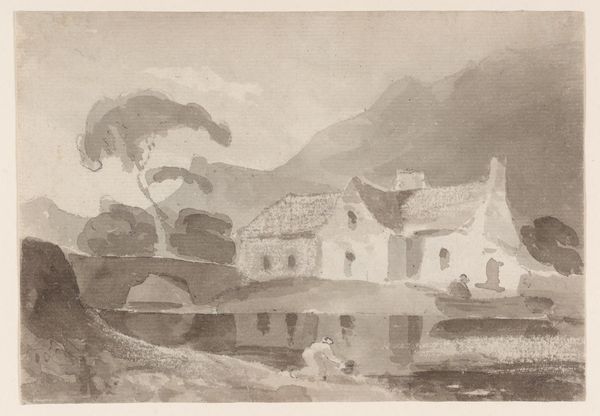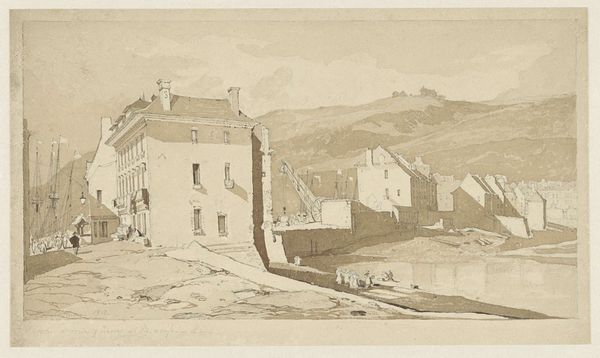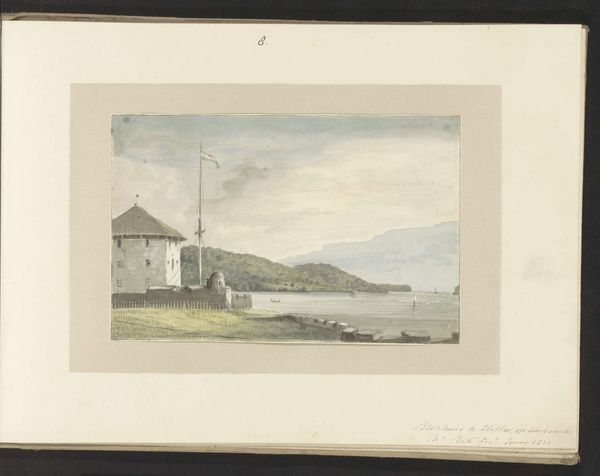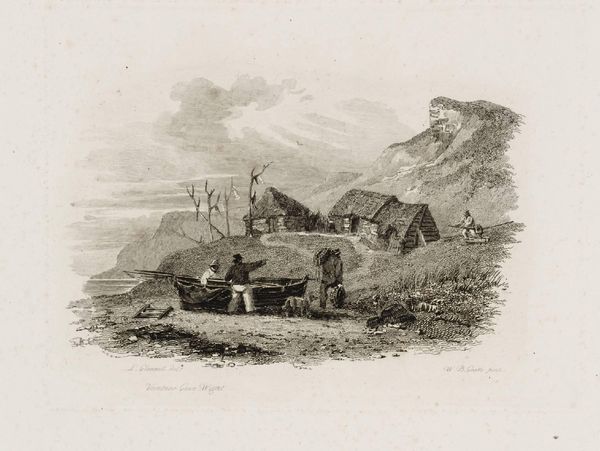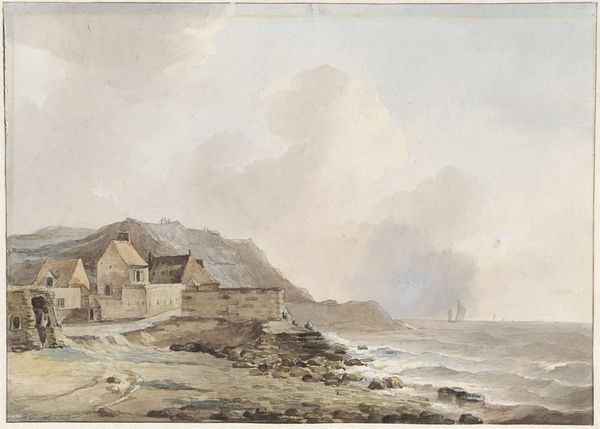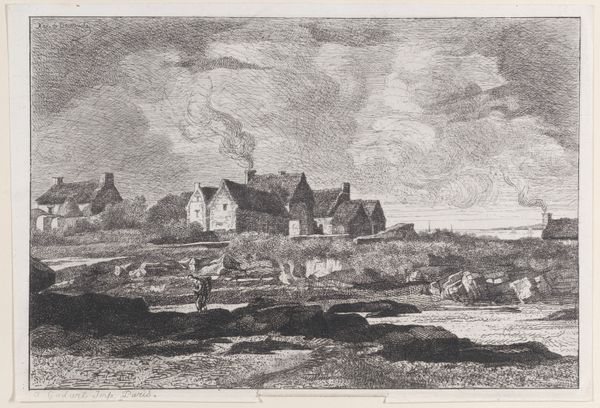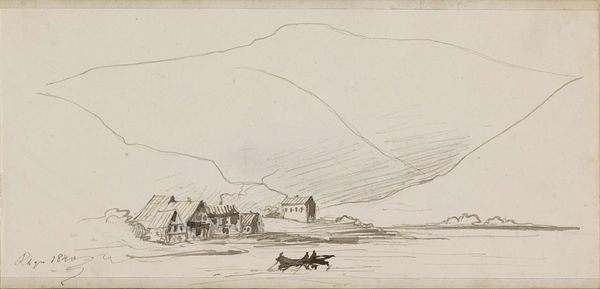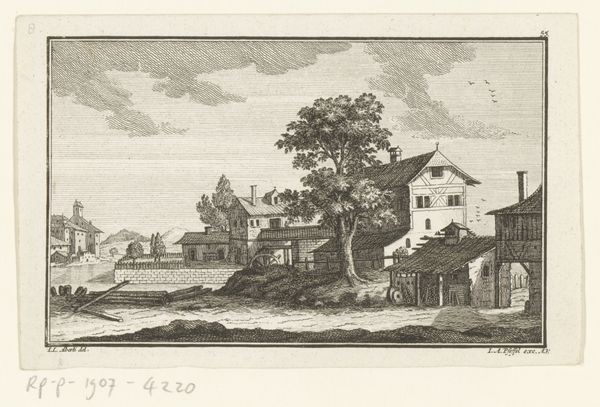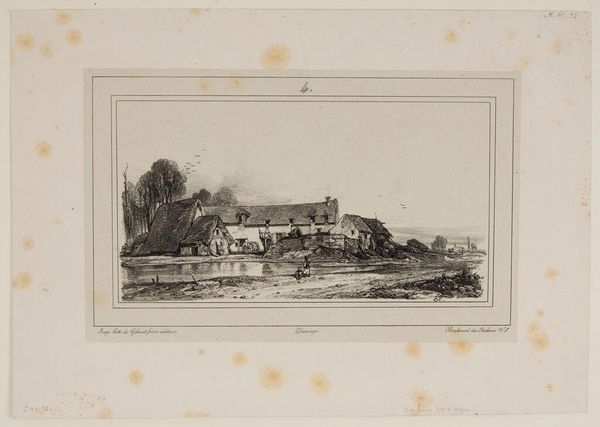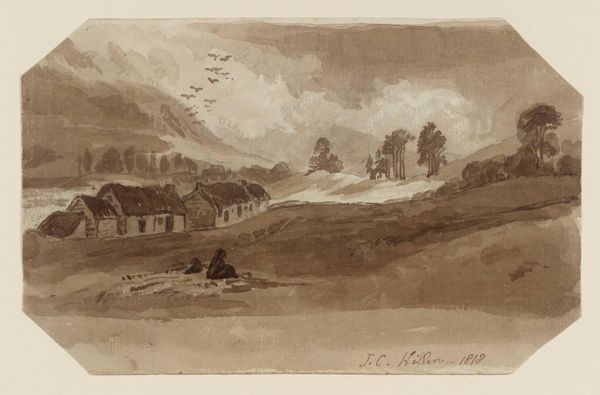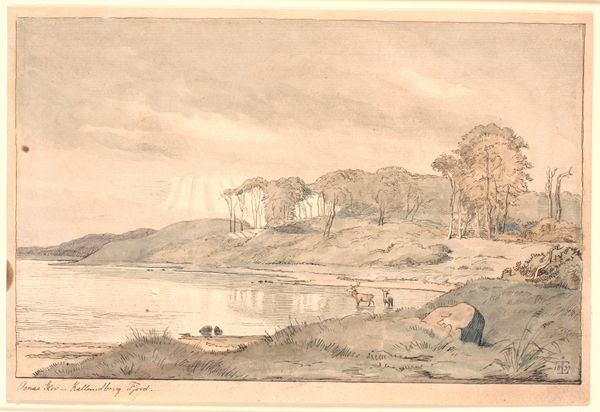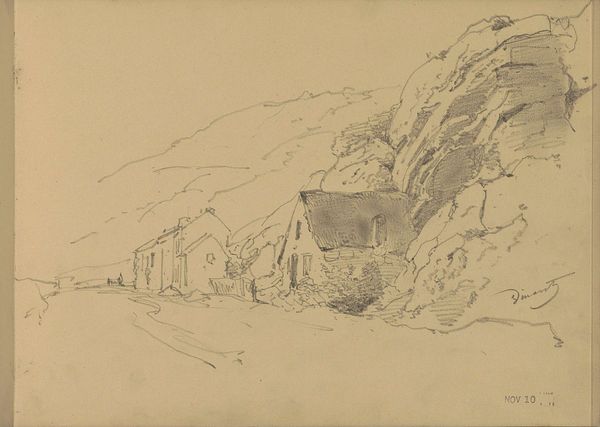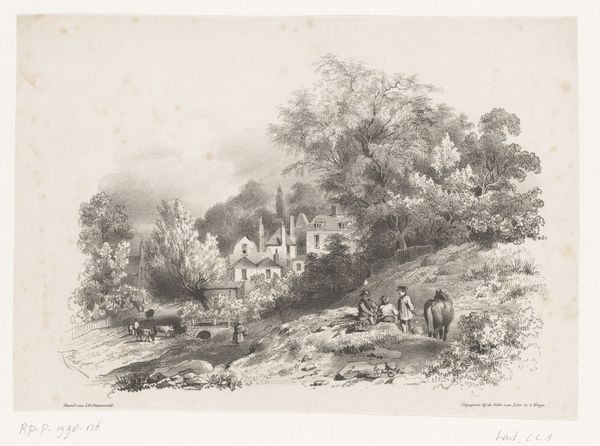
Dimensions: support: 317 x 451 mm
Copyright: CC-BY-NC-ND 4.0 DEED, Photo: Tate
Editor: This is John Baptist Malchair’s "Barmouth," a drawing in the Tate Collections. It feels so grounded, yet the wispy washes of ink create a sense of dreamy transience. What symbols or imagery stand out to you? Curator: Notice how Malchair uses the contrasting textures of the rough terrain and the calm water. The boats, though simply rendered, evoke a sense of journey and trade, don't they? They’re potent symbols of connection. What does the placement of the large building at the top of the hill signify to you? Editor: I see it as a sign of authority, overlooking the scene. It's a beautiful, complex piece! Curator: Indeed. The piece blends topographical observation with a subtle visual narrative. I find it remarkable how Malchair uses light and shadow to evoke cultural memory.
Comments
Join the conversation
Join millions of artists and users on Artera today and experience the ultimate creative platform.
tate 8 months ago
⋮
Malchair was one of the most influential drawing masters active in Britain in the last two decades of the eighteenth century. Born in Cologne and by profession a musician, he began taking pupils to supplement his income on his appointment as leader of the Oxford Music Room Orchestra in 1759. About forty of his Oxford pupils are known by name.Many of Malchair's landscapes were made as instruction drawings for his pupils. But he also made some refreshingly unconventional landscapes in and around Oxford, as well as some striking drawings on a tour to Wales in 1795. Malchair noted that when he made this drawing, 'the sea sand whirled over the houses, quite coverd our paper'. Gallery label, September 2004
